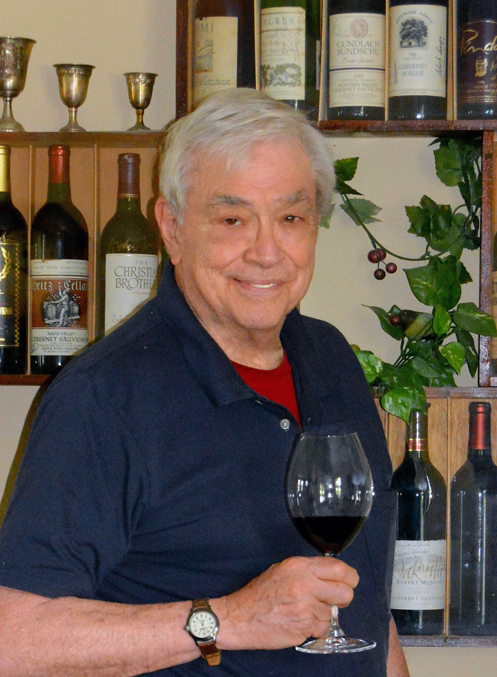For centuries, the Bordeaux region of France has been renowned for its wines. That was true until the 1970’s when the upstart California wines made their international appearance and the French wines were very unceremoniously pushed aside in favor of our domestic product. The famous or infamous (depending on your point of view) Paris tasting of 1976 ushered in the ascendancy of the American wines by sweeping the field and taking the top awards to the absolute consternation of the French winemakers and European wine gurus. If you are interested in the facts of this event, may we suggest the movie Bottle Shock, which is a dramatization of the happenings.
One of the major problems that Americans had with the French wines was that to really know what you were drinking you had to learn a dictionary full of lip twisting French terms and have an intimate knowledge of what winery made what wine, as the French never list the varieties of grapes they used on the bottle. It wound up being pot luck in your choice. The only real source of information was from wine writers like us or Gus, the clerk in the wine store.
Cabernet Sauvignon and Merlot and occasionally other red varieties are blended together to produce an individual style particular to a specific vineyard, a style that varies from chateau to chateau. Rarely, if ever, does a Bordeaux wine contain only one grape variety as the wines from that region are often a bit more austere and tannic than similar American varieties and almost always need some blending and aging to quiet them.
Some of the Bordeaux wines arriving are classified as Cru Bourgeois (bursh wah), a term that has taken on a rather derogatory meaning in this country as it is often used to indicate something or someone that is unsophisticated. The proper translation is middle class or merchant. That aside, the cru Bourgeois wines are carefully inspected and judged by the French government to be up to the rigid standards that they have set for a wine to be labeled Cru Bourgeois. With the recent arrival of Bordeaux Cru Bourgeois wines to our shore a little help may be needed if you want to acquaint yourself with these wines.
Chateau Tour Saint Joseph 2009 Cru Bourgeois ($25). Even though this wine has been in the bottle for several years, it retains its fresh, bright flavor and aroma The Chateau Tour Saint Joseph 2009 Cru Bourgeois is dark in color and has the traditional Bordeaux trademark of a black current, berry, and oak aroma. The flavor is fruity but subdued and elegant stressing black current, berry, plum and mint, with just a hint of chocolate and oak in the background. This is a fine wine that is also an excellent value.`
Chateau Aney 2011 Cru Bourgeois ($24) A brilliantly balanced wine, Chateau Aney shares its flavors and structure with the rest of the Bordeaux but like all of the chateau wines, it displays its own particular and identifiable nuances and charm. With this wine it is a smoky effect combined with the aromas of bell peppers, leather and truffles. These carry over to the flavor where they mingle with oak and cedar. The finish is long and very enjoyable.
Chateau Magnol 2012 Cru Bourgeois ($24.99). Here is another of the wines from the Bordeaux region that is gaining many friends among wine lovers. It is more like the Bordeaux wines of old rather than the modern style. The wine displays an aroma heavy with summer flowers and plums. The flavor caters to the freshness of a new wine while also displaying the subdued, elegance of an aged wine. Here too, the Bordeaux signature black current flavor is the most obvious, while berries and oak bring up the rear. As is the case with all of the château wines of the Bordeaux, this wine can still benefit from some bottle aging, but it will also do fine for current drinking.
 High Vacuum Engineer: Senior Technical Adviser and Feature Writer for Modern Photography Magazine (1967-1973), co-founder of Together Vineyards, an experimental vineyard in South Florida which was the southern most registered vineyard in the Continental United States. Co-Author of several books on Home Wine Making, Home Beer Making and Distillation of Spirits. Co-owner of Camera & Video Repair Institute in Sunrise Florida.
High Vacuum Engineer: Senior Technical Adviser and Feature Writer for Modern Photography Magazine (1967-1973), co-founder of Together Vineyards, an experimental vineyard in South Florida which was the southern most registered vineyard in the Continental United States. Co-Author of several books on Home Wine Making, Home Beer Making and Distillation of Spirits. Co-owner of Camera & Video Repair Institute in Sunrise Florida.